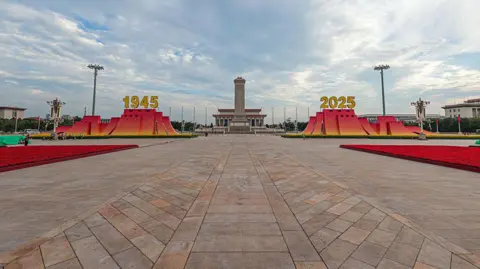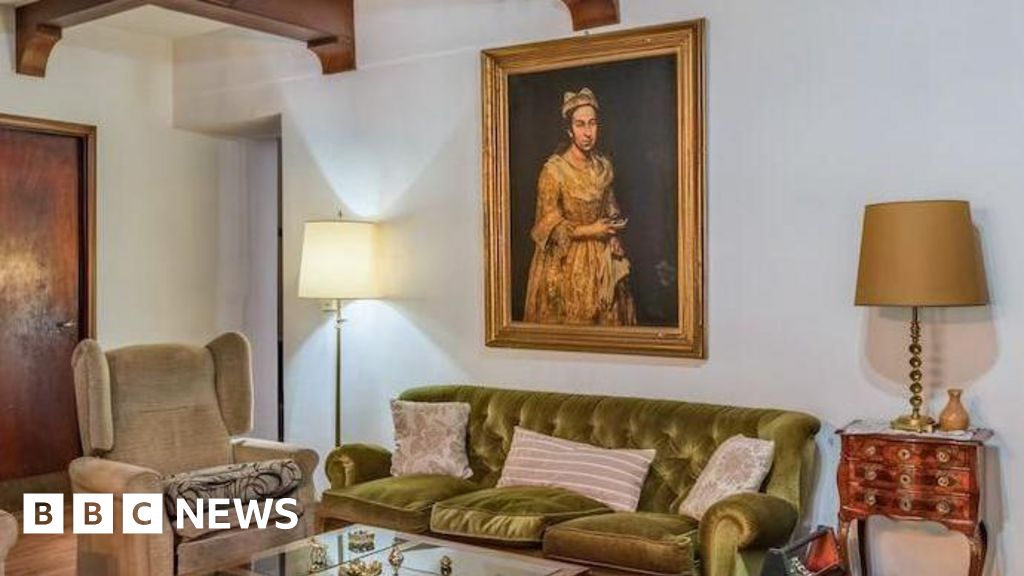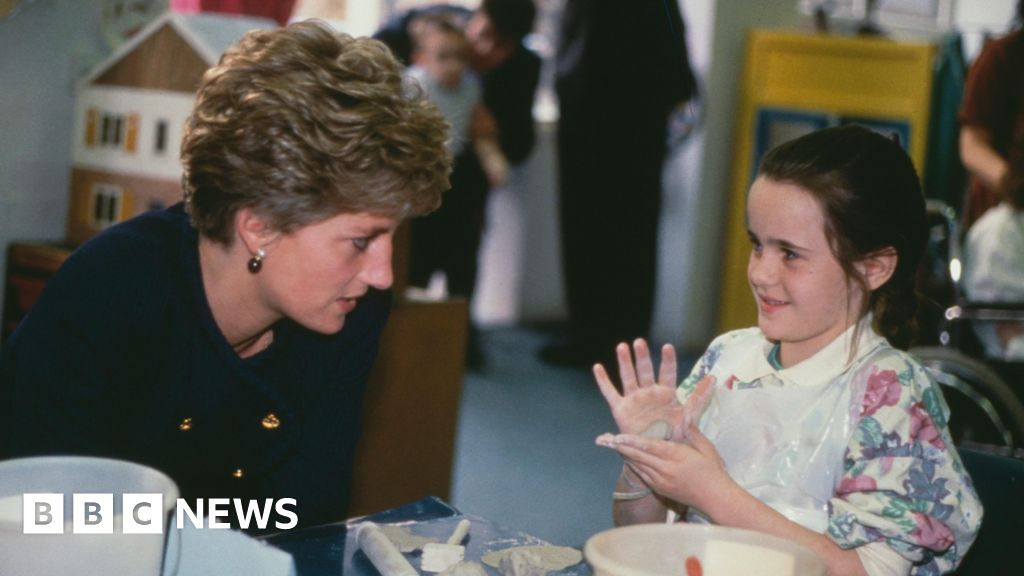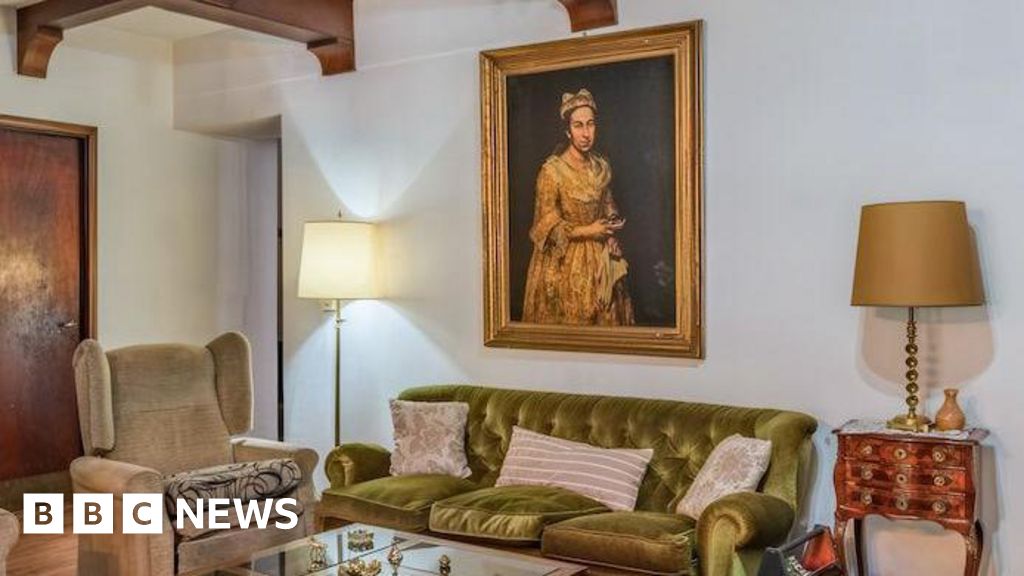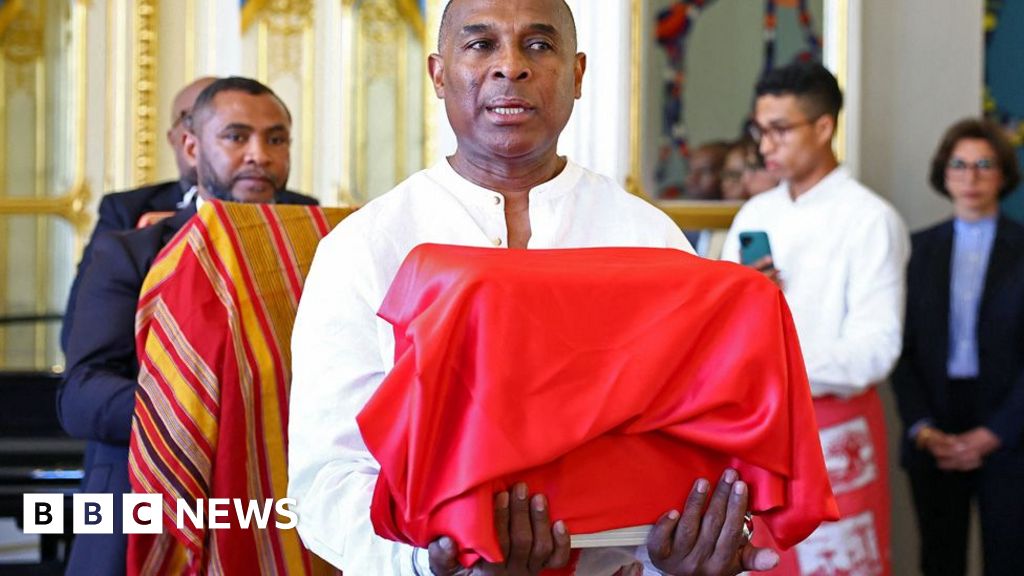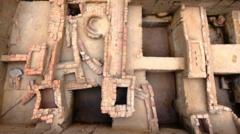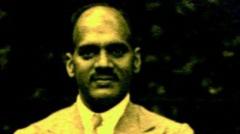In the Polish city of Wroclaw, a villa that had seen better days was chosen by Daniel and Victoria Van Beuningen to start their new life. Little did they know that their picturesque home, laden with memories of past occupants, held a deeper, more somber history tied to World War II. Previously known as Breslau and once part of Germany, the couple initially overlooked the villa's turbulent past characterized by a Soviet siege and the consequential resettlement of local Germans after the war.
Their intrigue sparked an investigation into the villa's history, leading them to find the Meinecke siblings in Heidelberg, who once called the home theirs. Amidst the nostalgia shared by the siblings was a chilling warning: the possibility of remains from German soldiers buried in their garden.
Intrigued by a message hinted during their conversations, Daniel’s digging for a water pipe revealed a Nazi-era helmet, igniting the couple's curiosity. They soon had an unexpected encounter with an archaeologist who raised the stakes by presenting documentation of a “war cemetery” located on their property, prompting the couple to consider excavations.
This exploration reflects a broader discourse within Germany as the country confronts its fascist history in the light of modern political shifts. The unearthing of such memories not only brings closure to the families connected to these soldiers but also carries a weight of responsibility for present generations to remember and reconcile with a painful past. As the Van Beuningen family delves deeper into the narrative of their home, they unwittingly become a part of a larger story about memory, heritage, and the complexities of historical justice in contemporary Europe.




